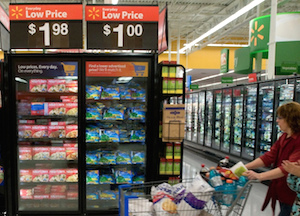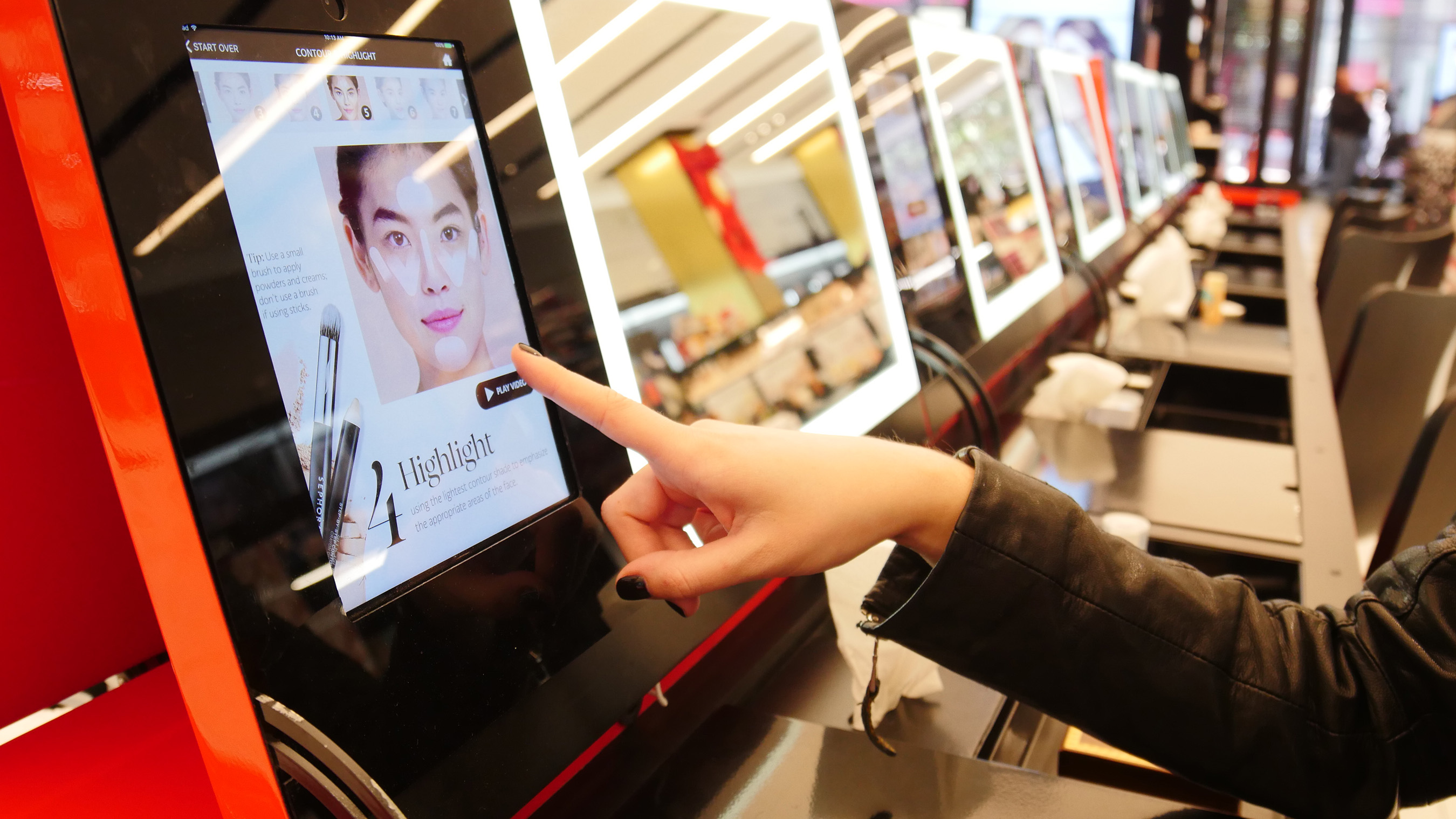 Across the globe, trade spend (monies spent with retailers in the course of doing business with them) is escalating. Big retail customers are getting bigger (and that makes them more demanding, and harder to say ‘no’ to). Also, media fragmentation, and the pernicious, hopeful belief that it is possible to influence most shoppers at the point of purchase encourages and validates expenditure in stores. For many companies, in many markets, trade spend now is significantly larger than marketing spend. Maximizing ROI with retailers has never been more important. So in the same way that you would expect a marketer to lavish investment on a specific target market only; a target market defined and derived from much research, head scratching and soul searching – you’d expect that a similar level of thought, research and reason would go into decisions about which retailers to invest in, and how that retail investment should be made, right?
Across the globe, trade spend (monies spent with retailers in the course of doing business with them) is escalating. Big retail customers are getting bigger (and that makes them more demanding, and harder to say ‘no’ to). Also, media fragmentation, and the pernicious, hopeful belief that it is possible to influence most shoppers at the point of purchase encourages and validates expenditure in stores. For many companies, in many markets, trade spend now is significantly larger than marketing spend. Maximizing ROI with retailers has never been more important. So in the same way that you would expect a marketer to lavish investment on a specific target market only; a target market defined and derived from much research, head scratching and soul searching – you’d expect that a similar level of thought, research and reason would go into decisions about which retailers to invest in, and how that retail investment should be made, right?
Apparently – not.
Is this Trade Investment or Trade Spend?
In most cases the investment principals used appear to be rather one dimensional: big customers get more money. And the biggest of the lot, by dint of scale and negotiation, get disproportionately more. Now on the surface this may seem logical: large customers get more money as we do more business with them, right? Answering that requires the consideration of a slightly different question. If these monies are seen as a cost, merely the price of doing business, then yes; the big guys would and should get the biggest money. But of course we don’t want our precious dollars to be a “cost of doing business”. We want to view these moneys as investment, and therefore a slightly different approach is needed. Past performance is only an indicator of future potential: surely at least some of these monies should be weighted towards retailers which are most likely to generate future returns. In the case of consumer goods, this means: invest in customers which will deliver profitable growth in the future.
There are other factors too, which should, but often aren’t considered. Here’s a quick checklist to help you work out if your trade monies are investment, or merely cost. Using this before spend is allocated to channels or customers will help you make significant steps towards maximizing the ROI on your retail investment.
1. Which retailers should I invest in to maximize ROI?
Big customers:
Yes, I know I dissed this idea earlier, but big is still big, and this shouldn’t be ignored. Two percent growth off a really big customer might still be worth more than twenty percent of a minnow.
2. How fast will they grow in the future?
How fast is the retailer going to grow? Are they forecasting new stores (and have they lived up to their promises before)? Retailers that are growing will be attracting more shoppers, and that (typically) is good news for you.
3. Is your business with them profitable?
Consider the total profitability of the business (and not just the gross margin). How much time, effort and other hidden costs are tied up with working with this customer?
4. Is there strategic alignment?
How close do your strategies run? Are you a branded only manufacturer and are they crucifying you with private label? Are they all organic and fresh when you specialize in cans and value packs? If there is a big gap between your strategies and the retailers, you’re less likely to get the support you need, which may limit the returns from your trade funds.
5. Do they have the right shoppers?
It’s all very well being large and having loads of shoppers, but what if they are the wrong type? Just because your sales there today are large doesn’t necessarily mean that this retailer will have the right shoppers for your big growth initiatives. Understanding which shoppers are key to your brand’s growth plans lies at the heart of shopper marketing, but it should also drive retail investment decisions too.
6. Can they/will they make it happen?
I’ve talked about compliance before; unless things change on the shop floor, then the money was a cost, not an investment. Some retailers don’t offer much support, some offer lots but simply can’t deliver where it counts. Those that are willing, and able, to make things happen on the shop floor surely warrant those that refuse you or fail you.
Maximizing ROI with retailers requires many considerations to be made, but as trade spend continues to rise in percentage and absolute terms, it’s becoming more and more important that a full and comprehensive evaluation of where and how that spend is allocated takes place. And, as can be seen above, that means that sales strategy has to be aligned to marketing’s growth drivers, and this is done through developing a clear understanding of who the target shopper is, and where they shop. Shopper Marketing, when done correctly, connects consumption opportunities to the in-store world, aligning and integrating the efforts of the commercial team. In our book, we call this Total Marketing – check it out!






